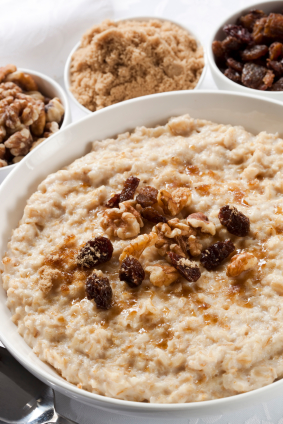In my practice as a Kids’ Nutritionist, helping families eliminate mealtime battles is something that I do on a daily basis. A common challe...

I later investigated the ingredients for these smoothies and to no surprise, the super sweetness did not come from any actual fresh fruit, but instead came from high-fructose corn syrup.
These so-called "Real" Fruit Smoothies contain fruit purees and juices only - which are blended with ice and a mixture of three different forms of sugars: high fructose corn syrup, glucose and molasses along with salt, added colour and preservatives.
Tim Hortons announced that their "New Real Fruit Smoothies are bursting with a full serving of fruit". One serving of fruit is only half a cup. Imagine making a yourself a smoothie at home using only half a cup of fruit and large cup of ice. It would taste pretty weak. That is why they need add all of that highly-processed liquid sugar.
Tim Hortons should be ashamed of themselves trying to pass-off this sugary beverage as a component of a healthy diet.
Here's a recipe for a REAL fruit smoothie you can make at home. Enjoy!
Fresh Fruit Smoothie









 The recent economic downturn forced many families to rethink their spending habits. One item on the family budget that was commonly the first to be slashed was eating out. Now that cash flow has started to become steadier for many Canadians, some are still on a tight budget these days, whether by choice or necessity.
The recent economic downturn forced many families to rethink their spending habits. One item on the family budget that was commonly the first to be slashed was eating out. Now that cash flow has started to become steadier for many Canadians, some are still on a tight budget these days, whether by choice or necessity.